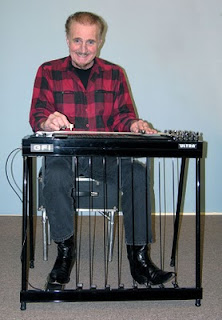Two-and-a-half years ago, not far from where I live in Northern Virginia , a young woman was brutally murdered by a drug- and alcohol- addicted former felon named Mark. E. Lawlor. Lawlor at the time was a leasing agent for the building complex where the young woman lived. He attacked 29-year-old Genevieve Orange with a claw hammer, struck her head 30 times as she lay napping on her couch, then raped her as she was dying. Both Lawlor and Orange
 The victim’s and assailant’s backgrounds, though, could not have been more different.
The victim’s and assailant’s backgrounds, though, could not have been more different. Lawlor, 45, was living in a nearby transitional facility after serving five years in prison for abducting a former girlfriend. He violated his probation twice, and both times was re-incarcerated. At the time of the murder, Lawlor, according to his attorney, “had so much crack in him he was unable to form the specific intent to kill Ms. Orange.” In other words, he was so high on crack that he couldn’t control himself.
Lawlor’s background was one of violence and rejection. He was born to a mother who often beat him and a father who regularly molested and raped Lawlor’s sister. The family led an isolated existence and there were no other relatives around. Lawlor was raped at age 13 by a friend he had made at camp. A year later, a neighbor also molested him. He was thrown out of his home at 16 by his shotgun-wielding father who told him not to return. He had started using drugs and alcohol some time earlier and was full-fledged addict by the time he was ejected from his home. When he was 18, he and a friend stole a car. They were both drunk. Lawlor was driving and crashed the car, killing the friend. He went to prison for the first time, served his sentence and sobered up, but sobriety never stuck and he was soon using again. That’s when he abducted his former girlfriend, who told the jury during this trial that Lawlor had yanked her from her car, thrown her into his car, then driven around while threatening her. He served five years for the crime
In March 2009, Fairfax Country prosecutors obtained a capital murder indictment against Lawlor for the murder and rape of Genevieve Orange. He was found guilty. Now the jury must decide if Lawlor should be put to death.
Can the extenuating circumstances of his sad and sorry life possibly excuse his behavior? Should a man with a history of mental issues and addiction be held responsible for his actions? Hurt people, it is said, hurt people, and there is no doubt as to the truth of this simple adage.
My first reaction, truthfully, was “fry the motherf*cker.” My second reaction was pretty much the same, and my third was to wonder whether Virginia
After almost 20 years in 12-step programs, I firmly believe just about anyone can recover from addiction, even the worst among us, if he or she is willing to be brutally honest with themselves. A less civilized part of me says the hell with it. There is no redeeming the assailant in this particular case. In the rooms, they often ask, “What do you get when you sober up a horse thief?” Answer: a sober horse thief.
Any thoughts out there?






